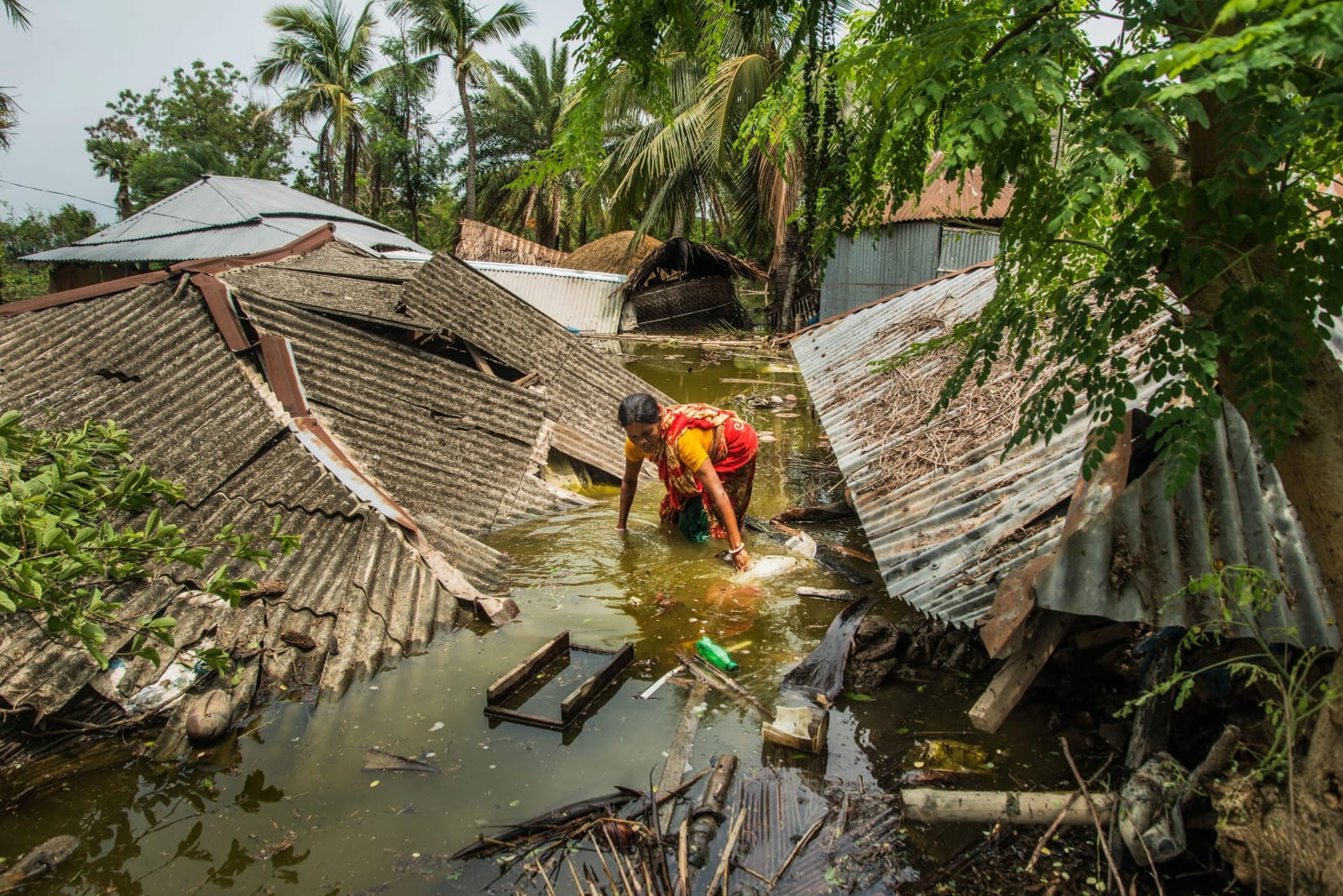
Due to weather, climate, and water-related hazards, Asia continued to be the world’s most disaster-prone area in 2023. According to a recent World Meteorological Organization research, storms and floods have been the most destructive(WMO).
Key climate change indicators including sea level rise, glacier retreat, and surface temperature have been rising faster than expected, according to the State of the Climate in Asia 2023 study. These trends will have a significant impact on the region’s ecosystems, economies, and societies.
Asia is warming faster than the global average. The warming trend has nearly doubled since the 1961–1990 period.
The northwest Pacific Ocean’s sea surface temperatures reached their highest point ever in 2023. A marine heatwave reached as far as the Arctic Ocean. The sea surface is warming more than three times faster than the world average in various parts of the region, such as the southeast Laptev Sea, the southern Kara Sea, and the Arabian Sea. The research designated the Barents Sea as a “hotspot for climate change.”
Sea level continues to increase globally due to thermal expansion and the melting of ice caps, glaciers, and ice sheets. Nevertheless, from 1993 to 2023, rates in Asia exceeded the global average.
According to the Emergency Events Database, the continent had 79 water hazard-related disasters last year, with over 80% of them being connected to storms and floods. These events directly affected nine million people and resulted in over 2,000 fatalities.
“Yet again, in 2023, vulnerable countries were disproportionately impacted. For example, tropical cyclone Mocha, the strongest cyclone in the Bay of Bengal in the last decade, hit Bangladesh and Myanmar. Early warning and better preparedness saved thousands of lives,” said Armida Salsiah Alisjahbana, Executive Secretary of the Economic and Social Commission for Asia and the Pacific (ESCAP), which partnered in producing the report.
The report shows that from 1970 to 2021, there were 3,612 disasters attributed to weather, climate and water extremes, with 984,263 deaths and $1.4 trillion in economic losses. The region accounted for 47 per cent of all reported deaths caused by natural disasters worldwide, with tropical cyclones as the leading cause of reported deaths.
